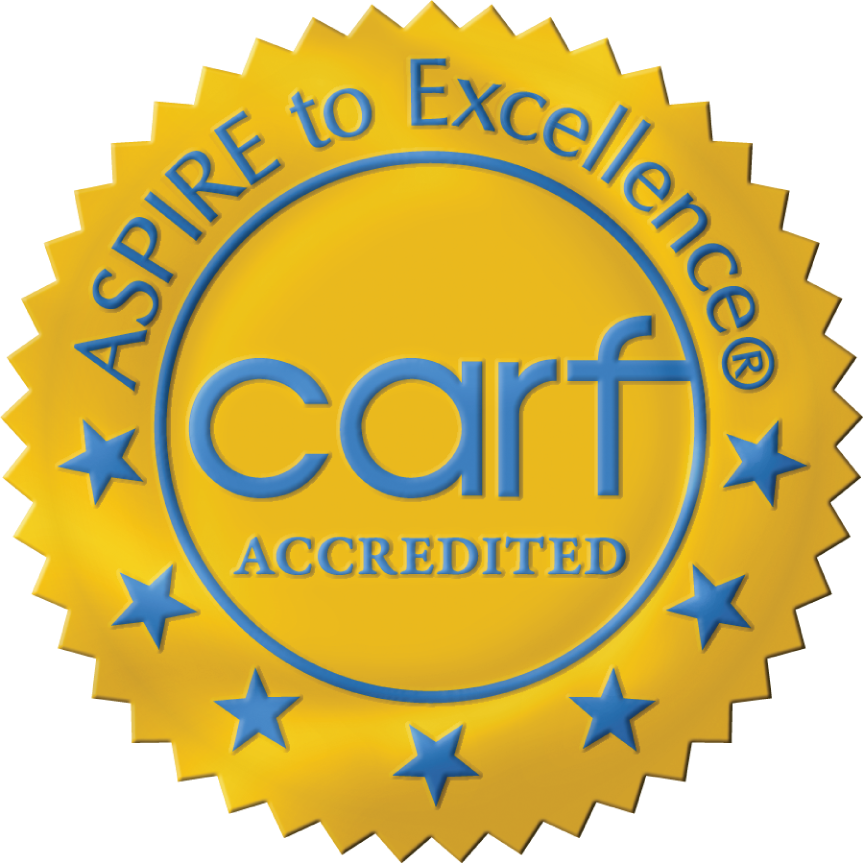The fear of experiencing detox prevents many addicts from entering a rehab facility and getting the addiction help they need. Detox can range from mildly uncomfortable to severely painful depending on the overall health of the person, the substances they use and the frequency and duration of use. Some addicts try to undergo detox alone, without emotional or medical support, but detoxing from drugs and alcohol can be highly dangerous if a proper evaluation and treatment plan is not provided. When the body becomes dependent on drugs or alcohol to function, sudden and complete absence of that substance may endanger the addict’s health.
Because there are so many factors in the process of detox, the American Society of Addiction Medicine defines four levels of detoxification care from I-D, which is detox that’s safe to undergo without extended monitoring, to IV-D, which is designed for acute medical detoxification and requires 24-hour observation by medical staff.
What is Detox?
In the context of addiction help, detox is the process of eliminating alcohol or drugs from the body’s system. Anyone who has ever decided to give up their morning coffee understands the basics of detox. A body that’s become dependent on caffeine to feel energetic and alert may feel slow and sluggish without it. When clients enter an addiction facility and abruptly stop using substances, the body automatically begins the process of cleansing. Detoxification is essentially clearing the body of poisonous substances it depends on. A wide range of symptoms may be experienced during detox. The process typically lasts a week to ten days. The frequency and severity of symptoms can fluctuate throughout the entire detox process. Typically, symptoms are more severe in the first 72 hours and become milder as the system adjusts to being drug and alcohol free.
Who Needs Level IV Detoxification?
Level IV detox is recommended for clients who are medically unstable or who may undergo physical and psychiatric complications during withdrawal. Injuries such as head trauma or infection, or pregnancy or a co-existing illness may qualify a client for Level IV care. Upon arrival at an addiction facility, clients displaying severe symptoms associated with addiction will be evaluated.
Safe detoxification is the priority for every patient. If it is decided that Level IV detoxification is the best option, arrangements will be made for treatment and stabilization at a medical facility fully equipped to provide the necessary level of care. The recovery team at the rehab center will follow the client’s progress and prepare for their return to the facility. Detox and rehabilitation are two separate steps on the road to recovery, and both must be taken to successfully manage a substance abuse disorder.
What to Expect from Level IV
After evaluation, the medical professional involved will assign a comprehensive care plan. The goal of the care plan is to restrict the patient’s recovery as little as possible, but isolation or hospitalization may be necessary. During the detoxification process, a 24-hour nursing staff will observe, monitor and administer care to the client. A physician will be on-call throughout the detox process. Symptoms of withdrawal may include:
- Anger
- Anxiety
- Delirium Tremens
- Delusions
- Depression
- Fatigue
- Fevers
- Hallucinations
- Headache
- Hypertension
- Insomnia
- Loss of Appetite
- Nausea
- Palpitations
- Seizures
- Tremors
Medical intervention can decrease the number and severity of withdrawal symptoms and address any health issues that arise during detox.
After Detoxification
When the detox process is complete, the client will return to the addiction facility to begin the harder work of rehabilitation and recovery. Detox addresses the physical addiction, but rehab helps patients confront the psychological and emotional aspects of their substance abuse disorder and enables them to continue living drug-and alcohol free after leaving the addiction facility.

